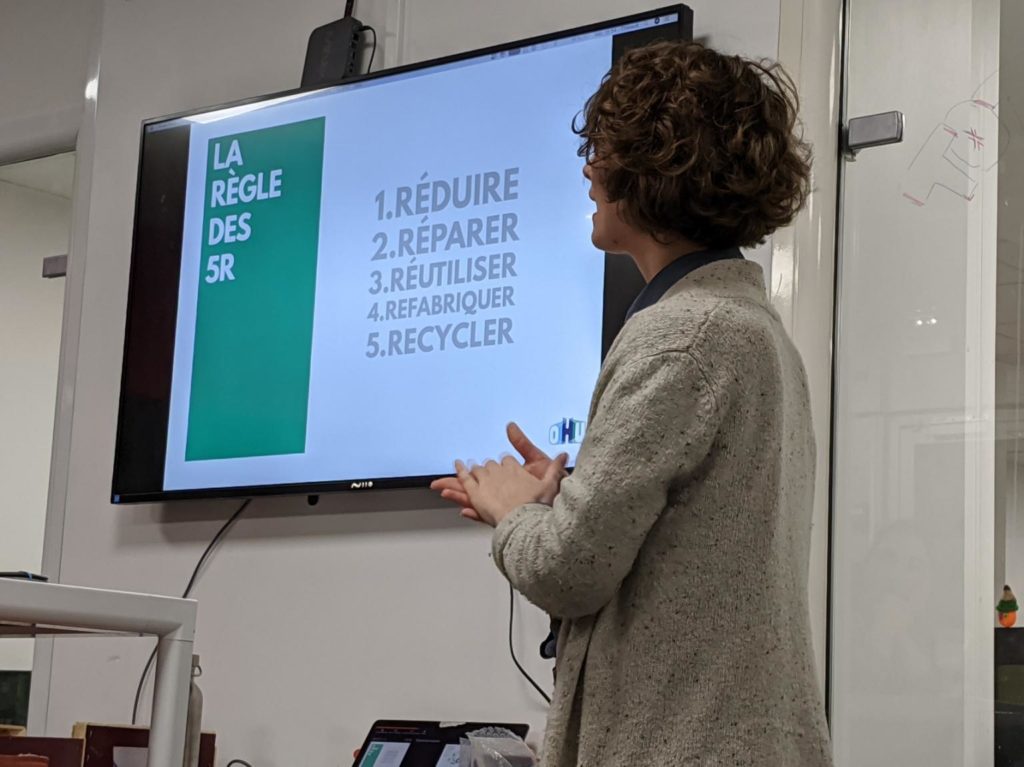Circular Design and Circular Economy is an enlarging of scope and possibilities. It is to look at the complete life cycle of the product (or service) and optimize it’s value to design out waste, from the beginning. What would have become waste becomes value. In testing this methodology, I attest, this constraint to not let anything go to waste does not limit but instead fuels innovation and collaboration ideas. Read more about Circular Design and Design Thinking here.
Interested to test out circular design strategies?
The Ellen MacArthur Foundation is a leader in the circular economy field. They partnered with IDEO to create a Circular Design Guide. This guide includes a kit with several outlined workshops. I chose to create a free Mural template for the workshop they created called “Circular Strategies.” I did this in hopes to make it more accessible for those currently working at a distance and further help the transition towards the circular economy. Before use please check out their legal terms to ensure you are in compliance (aka do not resell). Enjoy!
Guide to get started
Objective: Explore and learn various circular economy strategies by co-designing a new product or service of a well known industry. Some options are provided, but this workshop could work for any product or service.
Audience: Anyone! Diverse professions and backgrounds, is a perk. This could be for one company or a multi-company workshop.
Timing: Minimal timing an hour (times indicated in template, per section). But an hour and a half is ideal in order to allow a complete discussion, digestion and projection to daily activities.
- Click on “Get Started from Template” button below.
- Create an account or log onto Mural. Need help? Here is the Mural get started and usage guide.
- Read the yellow and orange notices which explain how to use the template and deploy the workshop. This includes reading the original instructions for the workshop on CircularDesignGuide.com.
- Enjoy.
 [Template] Circular Strategies Workshop – Ellen MacArthur Foundation + IDEO Template by MURAL
[Template] Circular Strategies Workshop – Ellen MacArthur Foundation + IDEO Template by MURAL
Open to create a mural from this template in your workspace. Powered by MURAL
Did you use the template or have you experimented with another circular design workshop format? I would love to have your feedback. Do not hesitate to comment below or contact me.



